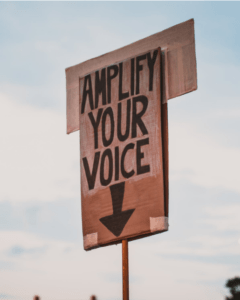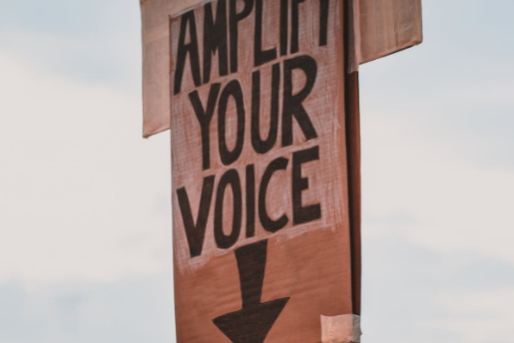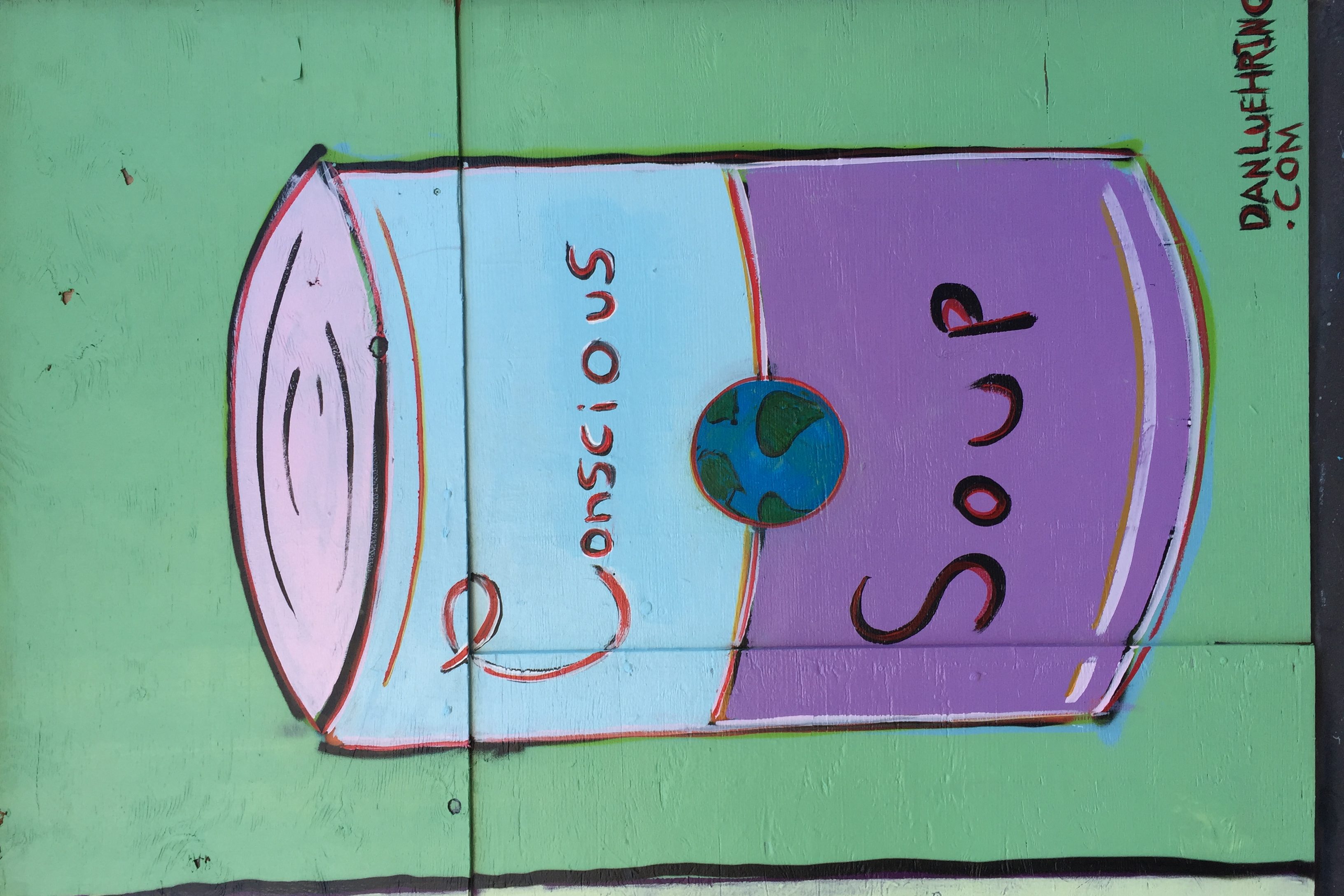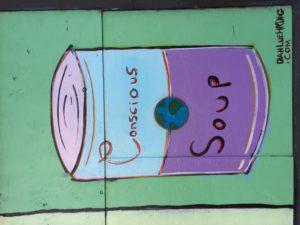Digital Fundraising Revolution: Annual Benchmarks Study; Trending Behaviors
 You’ve no doubt become familiar by now with the term “digital revolution.” It’s something that’s been dawning on us, slowly but surely, over the past few decades, and particularly in the past ten years with the advent of social media. How far has your nonprofit come? Far enough?
You’ve no doubt become familiar by now with the term “digital revolution.” It’s something that’s been dawning on us, slowly but surely, over the past few decades, and particularly in the past ten years with the advent of social media. How far has your nonprofit come? Far enough?
It’s hard to believe, but a mere ten years ago so few nonprofits had jumped on the digital bandwagon I began blogging about it. I even wrote monthly for a national social media blog, becoming their guest nonprofit expert. It makes me chuckle now, because use of technology is by no means my sweet spot. But I was just so troubled by the elephant in the room too few nonprofits were naming.
Today, most nonprofits have a digital strategy. Some are even going so far as to discontinue direct mail entirely. I don’t recommend this; still, it’s testimony to how far we’ve come in a short period.
NOTE: I find abandoning direct mail a bit extreme and precipitous. A classic “leaving money on the table” rookie mistake. Merely substituting an online for an offline channel ignores today’s reality. What’s that? It’s a multichannel world. Sure, it’s more work than in the past. Where you used to just have to communicate in one space, now you must show up in many. Yet there’s good news: layering your strategies can result in richer engagement than before, because you’re meeting folks where they are and reaching people you’d never have before reached. And donors cross channels! The lion’s share of philanthropy still comes from direct mail, but things are evolving. Online giving may be precipitated by offline fundraising strategies. Even if you engage in direct mail, you need to consider the convenience of your prospects and donors. What makes giving easy, convenient and likely for them? Simply sticking to online fundraising may narrow your chances for success. Did you know average email lifespan is 17 seconds vs. direct mail’s average of 17 days? Also, did you know 31% of offline-only first-time donors are retained for over a year, versus 25% of online-only first-time donors? So you’re going to want to hedge your bets and not just fundraise in one place.
Okay, back to the revolution.
Nothing accelerated the transformation to digital like the past year.
Is your digital adoption of a transformational nature? Has it fundamentally altered how you do business? We’re at a transformation tipping point, and transformation doesn’t move backwards.
Going digital is now an in-your-face proposition that can’t be ignored.
I’m about to share some data with you to demonstrate how online engagement and revenue grew in 2020. But first I want to share some broad perspective strategic thinking on the subject.
Details

 The Lilly Family School of Philanthropy projects total giving will grow by an estimated 4.1% in 2021. So you can’t use the pandemic as an excuse for raising less money in the year ahead.
The Lilly Family School of Philanthropy projects total giving will grow by an estimated 4.1% in 2021. So you can’t use the pandemic as an excuse for raising less money in the year ahead.
 You want to raise money with your fundraising appeal, right?
You want to raise money with your fundraising appeal, right?